
Using an air conditioner to stay cool can take a big bite out of household budgets.
Fortunately, there are many other ways to cool your home that also will cut your costs.
Following are some tips for lowering the cost of keeping cool.
1. Use a programmable thermostat

Set the temperature higher during hours when you don’t need it, such as when you’re at work. This will save energy and thus money.
You can install a programmable thermostat yourself. Get written and video instructions on the Lowe’s website.
2. Keep the air conditioner in tip-top shape
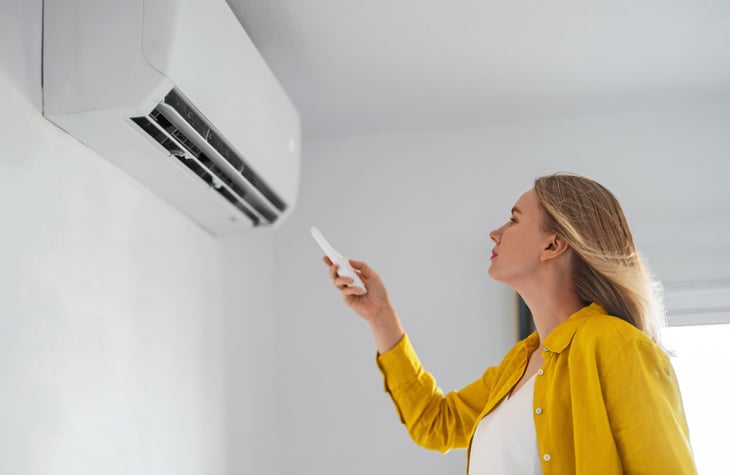
Keeping air-conditioner units at maximum efficiency by having them regularly serviced helps whittle energy bills.
If you want to do it yourself, Energy.gov suggests cleaning the evaporator coil and condenser coil of dirt and debris. Also ensure coil fins aren’t blocking air flow with a fin comb, and keep the condensate drain unclogged.
Lastly, replace filters monthly when units are in use. Dirty filters block the air flow, making the unit draw more power and work harder.
3. Install solar screens
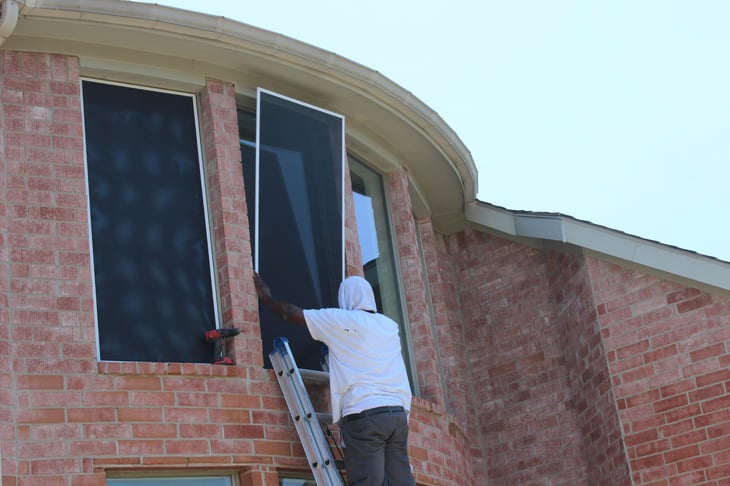
Cool your home by putting solar screens, also called sun-shade screens, on the windows that get the most sun. Generally installed on the outside of windows, they look like insect screens but are made of a mesh material that blocks out some heat and light.
Buy adjustable versions of these screens that fit into window frames, have screens custom-made or make them yourself.
Since the mesh comes in varying densities, shop around at hardware stores to decide which you need before buying.
Another type of mesh, often called shade cloth, also comes in varying densities and can be used outdoors to shade decks, playgrounds, patios and outdoor living areas.
4. Put up window awnings
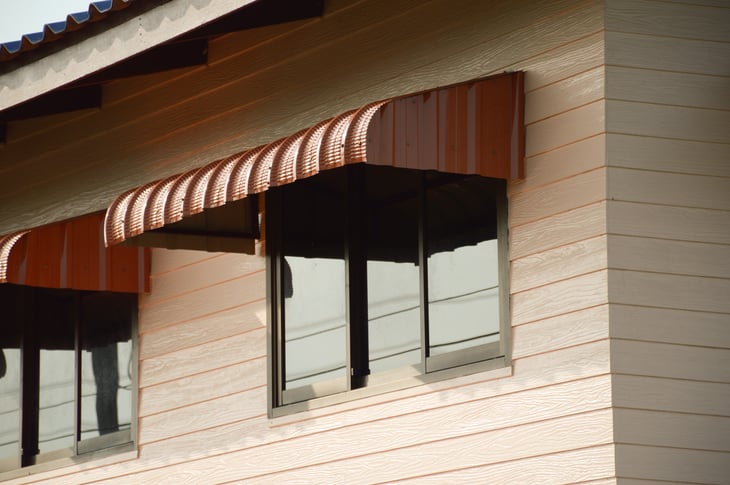
Install awnings outside above your warmest windows to shade them from the sun’s rays.
5. Hang shutters or roll-up shades
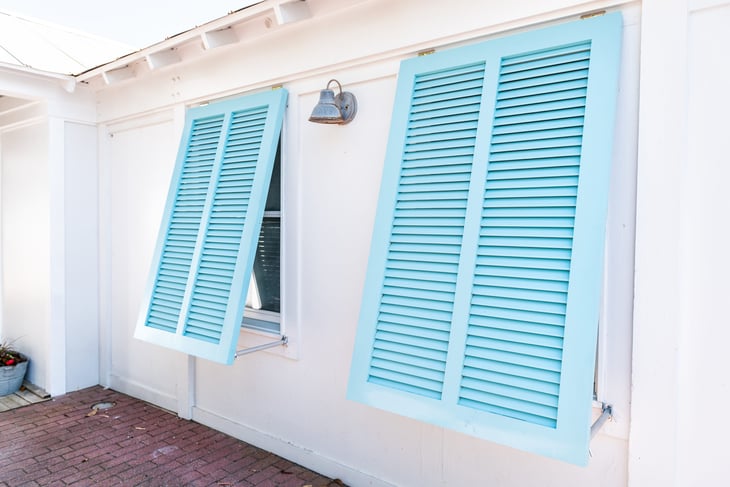
Inexpensive outdoor roll-up shades, often made of bamboo or vinyl, block heat. Hang them outside windows on the sunny side of the house. They are generally rolled up and down manually. Keep them up in winter to invite the sun’s warmth indoors.
Shutters — in vinyl, composite, wood or natural-fiber woven material — also block the sun.
6. Seal ducts
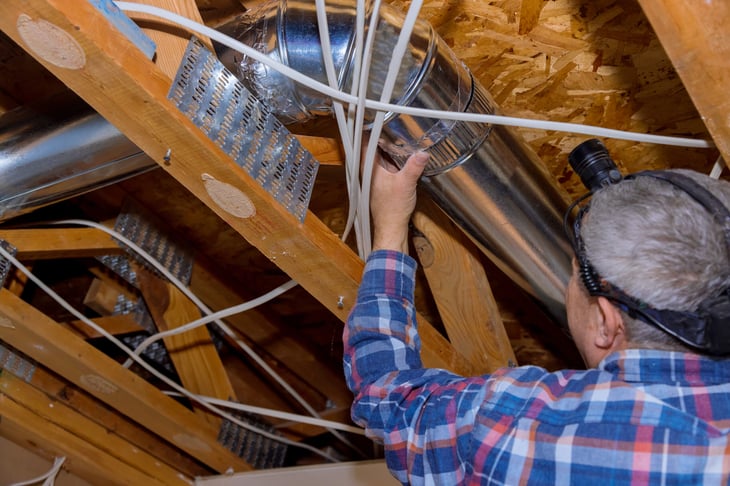
In homes with forced-air central cooling, the duct system can lose 20% or more of cooled air to holes and leaks, according to the EPA. Hire a contractor to check for and seal leaks, or seal any you find yourself.
7. Seal windows and doors
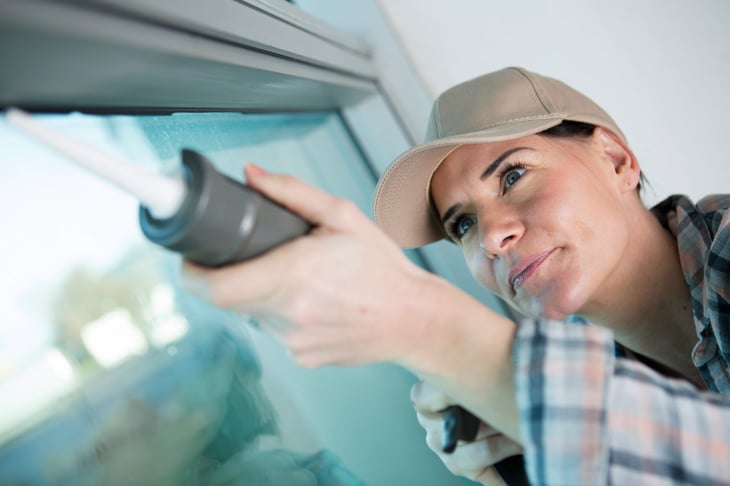
Expensively cooled indoor air can leak from windows and doors. The U.S. Department of Energy website, Energy.gov, has articles about caulking and weatherstripping that tell how to tighten the seals around your doors and windows.
8. Insulate the attic
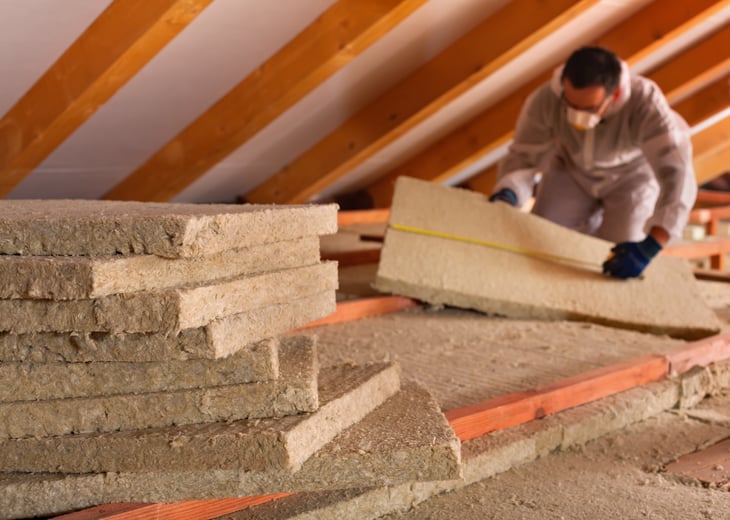
Check out the Department of Energy’s site to learn how to conduct an energy audit to locate air leaks throughout the house. Before you install new insulation, seal any leaks and holes in the attic.
9. Close the drapes

In the heat of the day during summer, keep drapes and blinds closed on windows that face the sun. Once the temperature outside drops below the indoor temperature, open window coverings and throw open windows.
Consider lining draperies with light-colored fabric that reflects the sun’s heat, the National Association of Realtors says. Two sets of drapes hung together, sometimes called “double-hung” drapes, reduces heat as well.
“Studies demonstrate that medium-colored draperies with white plastic backings can reduce heat gains by 33 percent,” says the Department of Energy.
Hang draperies close to windows to keep heat from escaping.
10. Plant trees

Plant leafy deciduous trees, which lose their leaves in the fall, on the east and west sides of your home to shade it from the rising and setting sun. In winter, the bare branches will let the sunshine through to help warm the home.
Also consider locating trees or shrubs in other spots where their shade can help, such as near air-conditioning units, patios, driveways and walkways.
11. Stay cool with free-standing fans
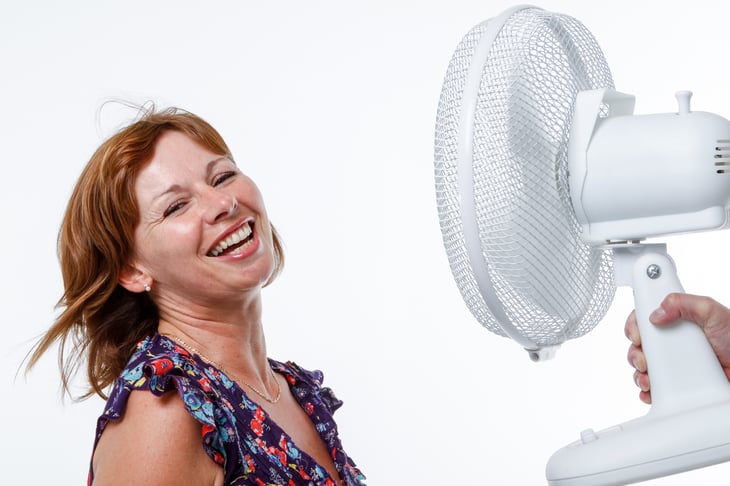
Air blowing across the skin cools the body by evaporating moisture. When using a fan, direct the breeze at yourself and keep a spritz bottle close, misting yourself occasionally. Or, make a personal A/C — for directions, check out “How to Build Your Own DIY Air Conditioner in Minutes.”
12. Use an attic fan
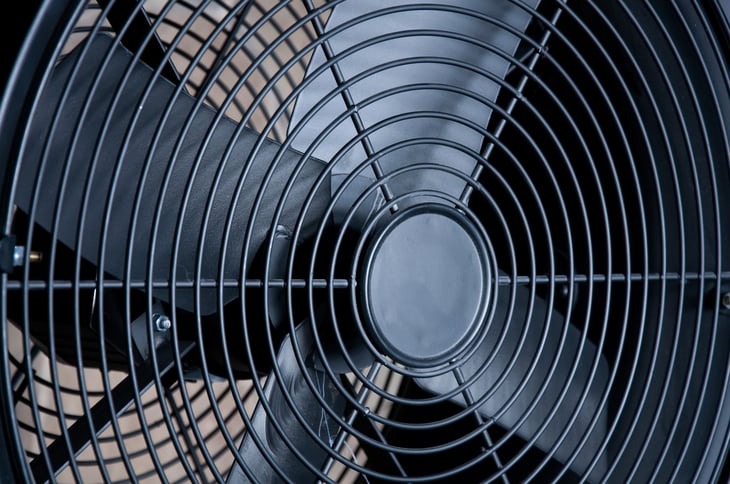
Attic fans help pull in cooler outside air and push out warm air through attic vents, taking a load off your air conditioner.
For more tips on keeping cool, read “5 Odd but Effective Tips to Stay Cool Without A/C.”





Add a Comment
Our Policy: We welcome relevant and respectful comments in order to foster healthy and informative discussions. All other comments may be removed. Comments with links are automatically held for moderation.